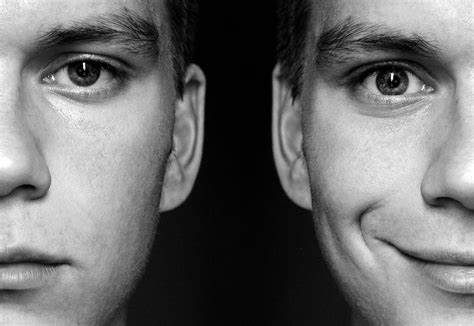Understanding Bipolar Disorder: A Comprehensive Overview
Bipolar disorder, formerly known as manic-depressive illness, is a mental health condition characterized by extreme mood swings or episodes of mania and depression. This complex and chronic disorder can have a profound impact on an individual’s life, relationships, and overall well-being. In this comprehensive overview, we will delve into the various aspects of bipolar disorder, including its symptoms, causes, types, diagnosis, treatment options, and the challenges individuals with bipolar disorder may face.
- Symptoms:
Bipolar disorder is marked by distinct episodes of mania and depression. Manic episodes involve elevated mood, increased energy, impulsivity, and sometimes a decreased need for sleep. Depressive episodes, on the other hand, manifest as overwhelming sadness, lethargy, changes in appetite, and difficulty concentrating. It’s crucial to note that the severity and duration of these episodes can vary widely among individuals. - Types of Bipolar Disorder:
There are several types of bipolar disorder, with Bipolar I and Bipolar II being the most common. Bipolar I involves manic episodes that last at least seven days or are severe enough to require hospitalization. Bipolar II is characterized by episodes of hypomania (less severe than full mania) and major depression. Cyclothymic disorder is another type marked by chronic mood instability, but the symptoms are less severe than Bipolar I and II. - Causes:
The exact cause of bipolar disorder is not fully understood, but it is believed to result from a combination of genetic, biological, and environmental factors. Individuals with a family history of bipolar disorder are at a higher risk. Additionally, imbalances in neurotransmitters, such as serotonin and dopamine, and structural changes in the brain may contribute to the development of the disorder. - Diagnosis:
Diagnosing bipolar disorder can be challenging due to its varied symptoms and the overlap with other mental health conditions. Mental health professionals often rely on a thorough psychiatric evaluation, including a detailed medical and family history. Mood charts and tracking of symptoms over time may aid in establishing a diagnosis. Collaboration between the individual, their family, and healthcare providers is crucial for an accurate assessment. - Treatment Options:
Treatment for bipolar disorder typically involves a combination of medication, psychotherapy, and lifestyle adjustments. Mood stabilizers, antipsychotics, and antidepressants may be prescribed to manage symptoms. Psychotherapy, such as cognitive-behavioral therapy (CBT) and interpersonal therapy (IPT), can help individuals cope with the challenges of bipolar disorder. It’s essential to tailor the treatment plan to each person’s unique needs. - Challenges and Coping Strategies:
Living with bipolar disorder presents various challenges, including stigma, relationship issues, and potential difficulties in the workplace. Building a strong support system, adhering to treatment plans, and adopting healthy lifestyle habits are essential coping strategies. Psychoeducation can also empower individuals and their families to better understand and manage the disorder. - Research and Future Directions:
Ongoing research aims to enhance our understanding of bipolar disorder, leading to improved diagnostic tools and more targeted treatments. Advances in neuroscience, genetics, and psychopharmacology continue to contribute to the evolving field of bipolar disorder research.
In conclusion, bipolar disorder is a complex mental health condition that requires a comprehensive approach to diagnosis, treatment, and support. With the right interventions and a supportive environment, individuals with bipolar disorder can lead fulfilling lives and manage the challenges associated with this condition.

